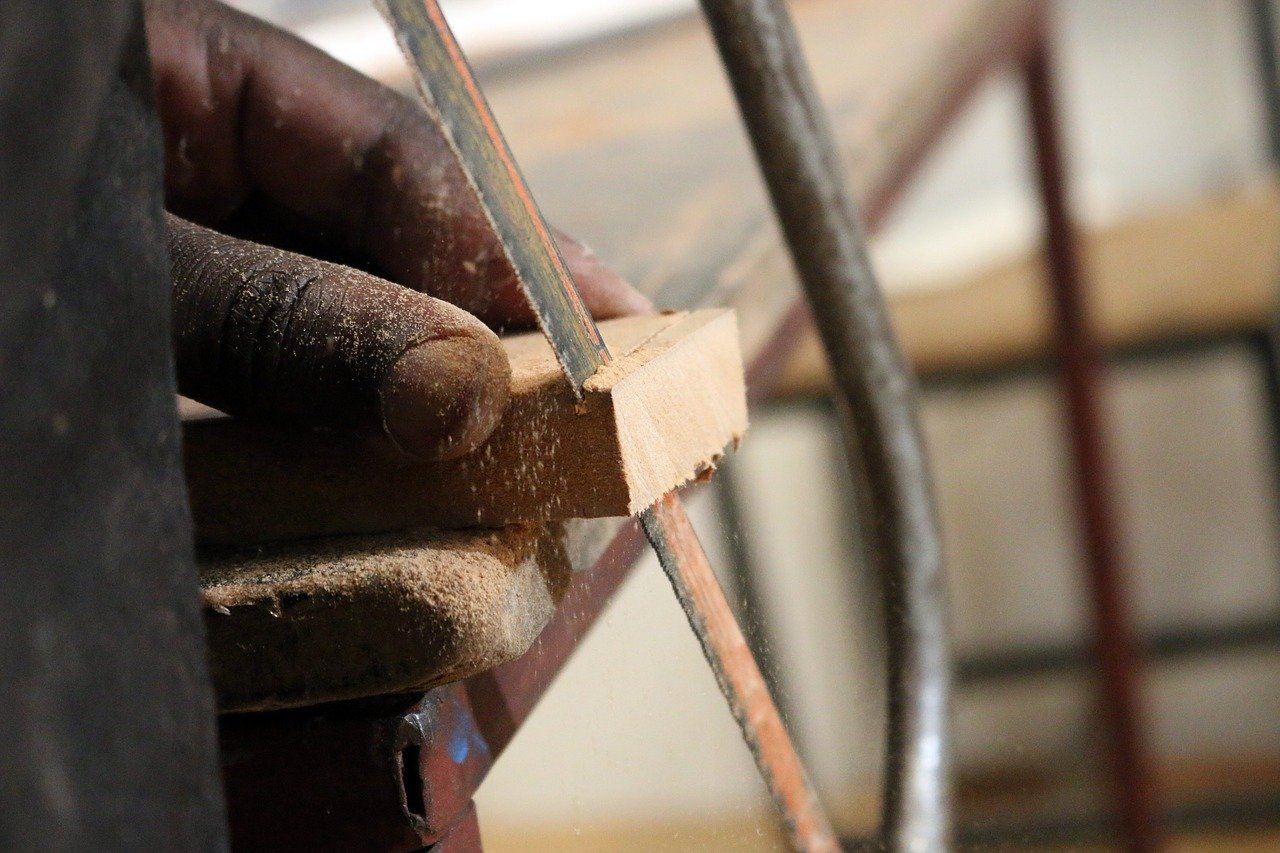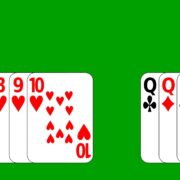
Starting and completing a woodworking project may seem to be a challenging task. That’s because woodworking involves understanding and identifying different types of wood and tools like X-Carve that even professionals continue to learn as they develop their crafts. However, woodworking entails learning and experimenting. Starting with some essential basics about tools, safety, measuring techniques, and lumber can put you on the right track. This article highlights some things you need to get started with woodworking.
- Woodworking Setup
To start woodworking, you don’t require an expensive and fancy garage or workshop. Instead, you can begin with a simple woodworking space. A temporary workshop table in your backyard made with a plywood board from a home improvement store can be a great way to start woodworking. If you can’t afford these tools, you can start working on the ground. However, a shed space or garage can be a great place for setting up a space because you won’t have to set and take down your workspace every time.
- Reading Tape Measure
It’s vital to know how to read the tape measure if you want to become an efficient woodworker. This may seem a simple task to do, but to make accurate measurements and cuts, you need to master the art. Reading measurements of odd numbers can sometimes be complicated if you’re not used to it.
- Know How To Read Lumber Species And Dimensions
There are various types of wood species under the categories of hardwoods and softwoods. Some examples of hardwood include walnut, oak, mahogany, cherry, maple, and birch. Softwood examples include cedar, fir, pine, and spruce.
Every wood has its unique traits, though one of the most commonly used wood for DIY projects is pine because it’s readily available and affordable. Apart from that, it comes in a variety of sizes. When starting out with woodworking, it’s advisable to use this wood and then you can work with other species as your skills improve.
Reading learning how to know reading lumber dimensions is also important. You need to know what 2 x 12 or 1 x 2 means. Knowing how to read these dimensions will help you to read building plans, understand measurements for your projects, and shop for wood.
- Always Use Straight Boards
When you decide to work on aproject, it’s essential to pick the straightest wood boards you can find. Avoid bowed or warped boards as much as you can. Selecting a straight board in a lumber store may require some digging. However, it’ll create a big difference when you’re building and save you from headaches.
You want to avoid looking at boards that seem straight because warping isn’t always obvious. The trick of finding out if its straight is holding the board towards your face with the other tip on the ground as you look at it at a downward angle. That’s the only way you’ll know whether there’s bowing or not. The only challenge that exists when selecting boards is that most of them aren’t perfect.
Bottom Line
Building your own furniture can be great fun. It’ll also boost your confidence and creativity. However, before starting to work on projects, ensure that you have the right knowledge of woodworking.











